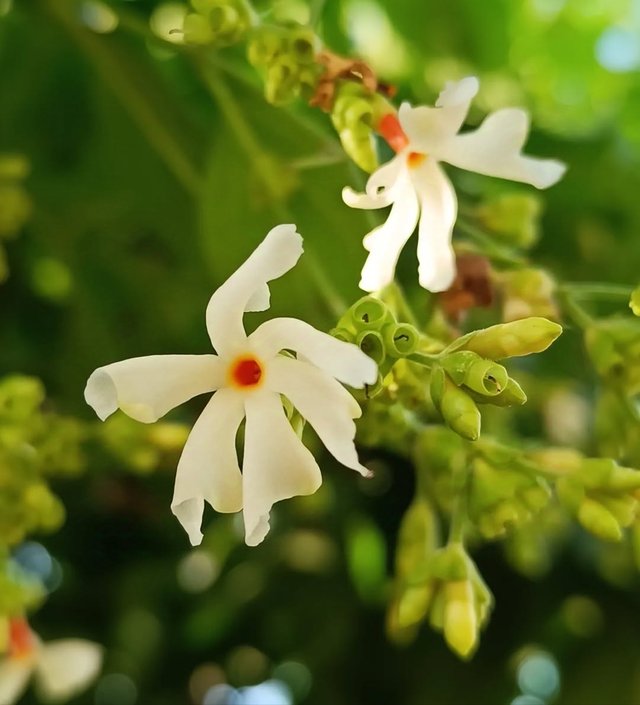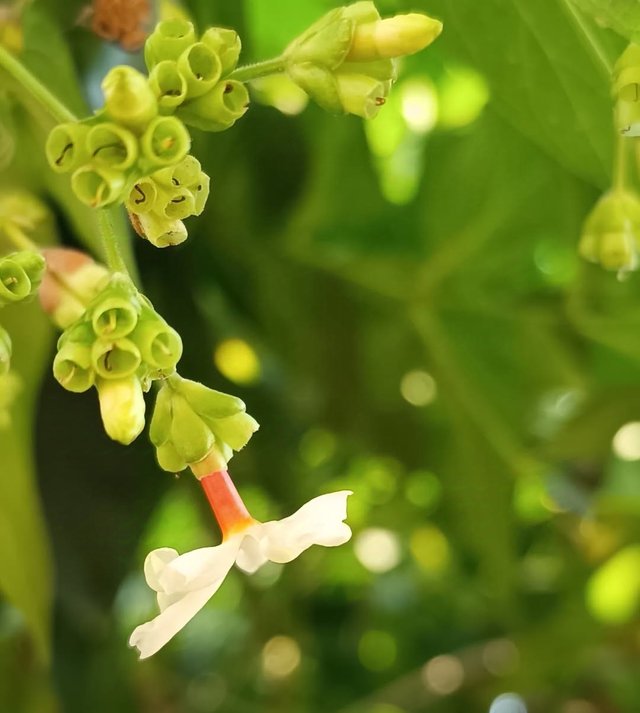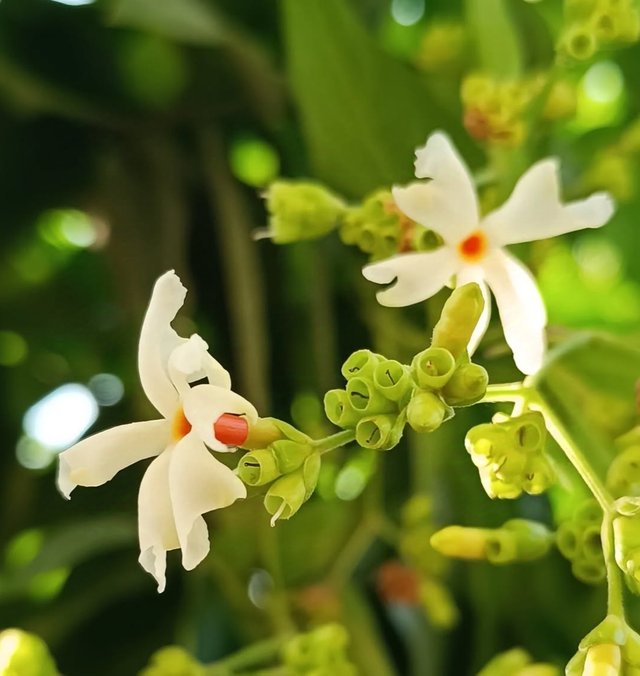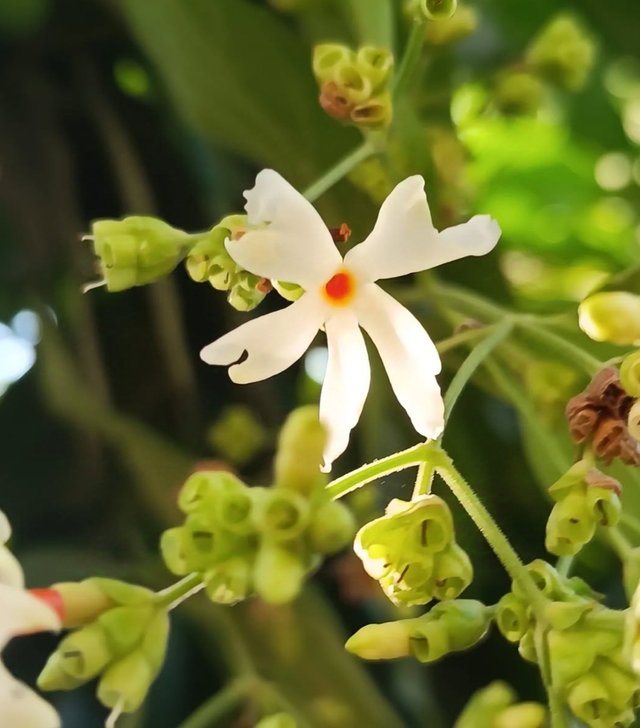So Cute Night-Flowering Jasmine
Night-Flowering Jasmine: A Fragrant Marvel of Nature
The Night-Flowering Jasmine, scientifically known as Nyctanthes arbor-tristis, is a captivating plant that has enchanted people for centuries with its delicate beauty and intoxicating fragrance. Native to South Asia, this small shrub or tree is deeply intertwined with culture, mythology, and medicinal practices, earning it the nickname "Sad Tree" or "Parijat" in various traditions. Despite its seemingly sorrowful name, it is a source of immense joy and wonder to those who encounter it.
Botanical Overview
Night-flowering jasmine belongs to the family Oleaceae, which also includes olives and lilacs. It is a deciduous plant that typically grows to a height of 10 to 15 feet, though it can remain shrub-like when pruned. Its leaves are simple and ovate, while its flowers are small and star-shaped, with white petals and a vibrant orange-red tube at the center.
The flowers bloom at dusk, releasing their enchanting fragrance into the evening air, and fall to the ground by morning, forming a carpet of white blossoms. This unique blooming and shedding cycle contributes to the plant's poetic aura.
Cultural Significance
Night-flowering jasmine holds a special place in Indian and Southeast Asian cultures. In Hindu mythology, the plant is associated with divine origins and is often linked to the love story of Lord Krishna. According to legend, Parijat was a heavenly tree that descended to Earth and became a symbol of eternal love and devotion.
In traditional rituals, its flowers are used as offerings in temples, especially during religious ceremonies and festivals. The flowers, despite their ephemeral nature, are revered for their purity and are often strung into garlands or used to decorate altars.
Medicinal Uses
Beyond its ornamental and cultural value, Night-flowering jasmine has been used for centuries in traditional medicine. Its leaves, flowers, and seeds are rich in therapeutic properties, making it a versatile remedy in Ayurveda and folk medicine.
Anti-inflammatory Properties: The plant's leaves are known to reduce inflammation and are often used to alleviate arthritis pain.
Antimicrobial Benefits: Extracts from the plant exhibit antimicrobial properties, making it effective against certain infections.




